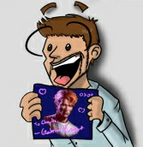How BioShock 2 will be better than the first
10 genetic upgrades, explained - and illustrated with video - by the sequel’s creative director
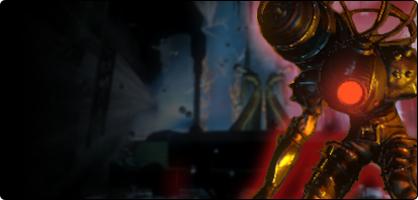
Even the biggest BioShock fan has to be a bit skeptical. The extraordinary originality of 2007’s underwater shooter seems impossible – possibly foolhardy – to repeat. Yet here we are, just two years later, getting our first look at the sequel… from someone other than series mastermind Ken Levine.
Can this really work? New creative director Jordan Thomas thinks so, and over the course of an hour-long demo and interview, he sets out to prove it to us. He shows us the nightmarish new characters and explains how the game will “humanize” them. He shows us bizarre new areas of Rapture and explains why the player will be desperate to explore them. He shows us frantic new combat and explains how no two fights will be alike.
But why repeat everything when we can recreate the BioShock 2 demo for you? In the B-roll footage below, you’ll see nearly every frame of gameplay that we saw. Got questions afterwards? We’ve included the best answers and most interesting tidbits from Jordan himself. By the end, you’ll know just as much about BioShock 2 as we do.
Oh, and if you still haven’t played the first BioShock, you might want to head elsewhere - spoilers and such.
Would you kindly? No. This time, you are in control.
Jordan Thomas, Creative Director: “In BioShock 2, our thesis statement is ‘trust the player.’ We’re going to give you more agency to shape your own role in the narrative and more of an ability to sculpt your identity in a gameplay sense as well.”
“The subtext of the first game put us in a position of needing to afford the player greater free will. This time around, you make pretty strong, key decisions at various points that no other character can, related to the fates of not only the Little Sisters but of new characters… human, unspliced characters that you get to spend direct time with. The way in which you treat them changes the way in which the story resolves.”
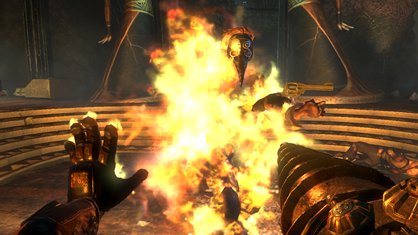
And you have evolved.
JT: “One of the biggest changes this time is in who you play. BioShock 2 allows you to step into the boots of the Big Daddy. The story is very much a tale of a man trapped inside a monster. He is a deep part of Rapture’s history and, over the course of the game, you find out how you became this iconic character and how you had these atrocities perpetrated on you.”
Sign up to the GamesRadar+ Newsletter
Weekly digests, tales from the communities you love, and more
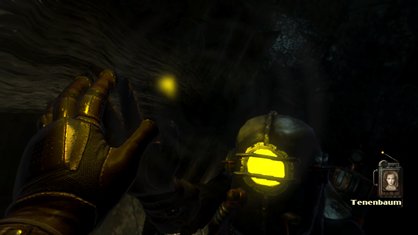
The protagonist, however, is even more of a mystery.
JT: “Core to BioShock 1 was this sense that the player was very much a cipher. You were just somebody who crashed in the middle of the ocean and, over the course of the game, learned about your own relationship to Rapture.
“As a designer on the first game, I similarly found the Big Daddies to be a living mystery. What was behind that mask? So it appeals to me to put the player in the position of wondering, ‘What do I look like inside here? Who am I?’ and over the course of the game, uncovering more and more about your own identity.
“Big Daddies are these unspeaking juggernauts - very similar to the ‘cylinder of death’ that is the player in a first person shooter. The idea of being removed from the other characters, but having them gaze into you and project what they think that your motives are onto you – and then having your actual actions update what they think about you over the course of the game – seemed very powerful to me.”
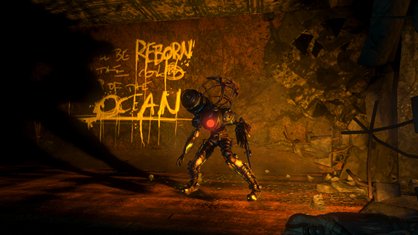
The antagonist, meanwhile, is far scarier than Andrew Ryan.
JT: “You play the very first Big Daddy ever… sort of a prototype model who’s lighter and faster than any of the Big Daddies you encountered in the first game. Since that constitutes a hell of a threat to the ecology of Rapture, there has to be something out there that’s stronger than you are from the get-go, and is terrifying, and can take out a Big Daddy… Maybe that something needs a place in the Adam ecology, able to drain it from bodies like a Little Sister.”
“The Big Sister is aware of the fact that you are not conditioned like the other Big Daddies. Early on in the story, somebody cuts you off your leash, frees your will and allows you to start making decisions. So when you take a Little Sister away from her Big Daddy – when you decouple them – she sees you disrupting the status quo. To her, as an ex-Little Sister, all is well when the BioShock ecology is humming along. You’re going in there and disrupting what she sees as home.”
